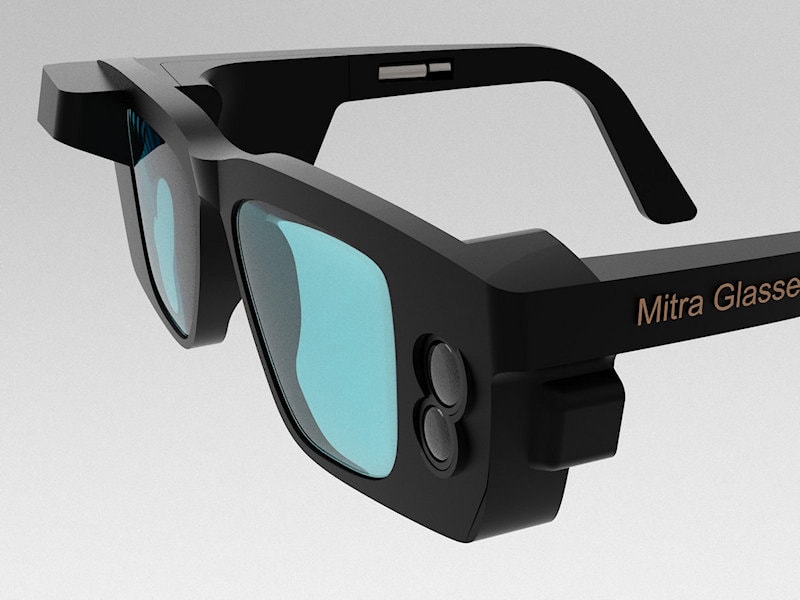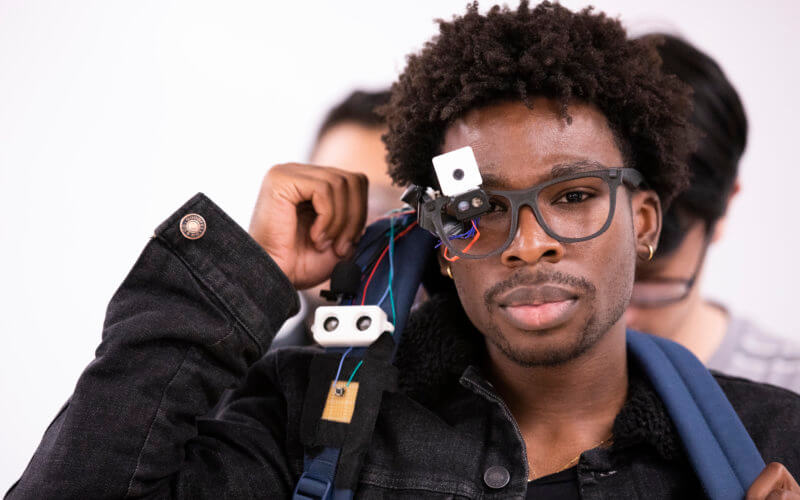The Future of Assistive Technology for the Blind: Empowering Independence
The Future of Assistive Technology for the Blind: Empowering Independence
Blog Article
Enhancing Ease Of Access With Assistive Technology for the Blind
The integration of assistive innovation for the blind represents an essential innovation in access, essentially changing just how people browse their settings and involve with culture. As we check out the varied kinds of assistive devices and their tangible influences on daily living, it ends up being important to analyze how continuous technological innovations are improving the landscape of assistance for the blind area.
Review of Assistive Technology
Assistive innovation describes a series of devices and software created to improve the capacities of individuals with disabilities, consisting of those who are aesthetically impaired or blind. This modern technology plays a crucial function in promoting freedom and improving the lifestyle for individuals. By supplying alternative techniques for accessing information and carrying out daily tasks, assistive technology empowers individuals to navigate their atmospheres more properly.
The advancement and implementation of assistive innovation welcome a range of principles focused on cultivating availability. These concepts consist of user-centered design, which focuses on the needs and choices of the individual, and the integration of technology right into everyday tasks. Such developments guarantee that assistive tools are not just functional but also intuitive and easy to use.
Moreover, assistive innovation includes a varied range of options, from low-tech options like magnifiers to state-of-the-art advancements such as screen viewers and Braille display screens. The ongoing advancement of this field is driven by the requirement to deal with the distinct challenges dealt with by individuals with visual problems (Wearable technology for low vision). As modern technology proceeds to breakthrough, the capacity for improving access and advertising inclusivity continues to be encouraging, inevitably adding to a more fair culture

Sorts Of Assistive Instruments
Many types of assistive gadgets are readily available to sustain individuals who are blind or visually impaired, each developed to attend to details requirements and obstacles. These gadgets can be generally categorized right into three main kinds: low-tech, mid-tech, and sophisticated options.
Low-tech devices include products such as magnifiers, Braille labels, and responsive maps. These are reasonably straightforward tools that improve the user's capacity to communicate with their atmosphere without requiring intricate technology.
Mid-tech devices typically involve more advanced attributes, such as digital magnifiers and portable Braille note-takers. These devices can use performances like speech result, permitting individuals to accessibility details much more successfully.

Effect On Daily Living
The accessibility of various assistive gadgets significantly boosts the lifestyle for individuals who are blind or visually impaired, affecting their everyday living in profound ways. By integrating technologies such as screen visitors, Braille presents, and audio summary solutions into their regimens, individuals get higher freedom and self-reliance. These tools assist in access to details, allowing people to perform day-to-day jobs, such as reading emails, browsing public areas, and taking pleasure in media material.
Furthermore, assistive devices empower people to involve more completely in social communications and community tasks. The capability to make use of smartphones furnished with availability functions permits for smooth interaction and connection with others. This connectivity fosters a sense of belonging and lowers feelings of isolation.
In professional setups, assistive innovation sustains productivity by enabling individuals to full work jobs efficiently. Devices like voice acknowledgment software and specialized magnifying gadgets allow users to take part in the labor force on equivalent footing with their sighted peers.

Advancements in Technology
Current technical developments have significantly changed the landscape of tools available for people who are aesthetically damaged or blind. The integration of artificial knowledge (AI) and equipment knowing has actually offered surge to applications that boost navigating and item recognition. Smartphone applications can now utilize AI to determine and define surroundings in real-time, offering customers with valuable contextual information.
In addition, developments in haptic technology have actually caused the development of smart canes outfitted with sensors that spot obstacles and supply responsive you can try these out comments. This equips users to browse their environment with boosted self-confidence and freedom. Furthermore, developments in text-to-speech software program and braille display screens have enhanced the ease of access of digital web content, enabling seamless communication with numerous media.
Wearable innovations, such as clever glasses, are likewise making strides in aiding aesthetic impairment. These devices can offer augmented truth experiences, overlaying important information onto the user's area of sight. Collectively, these advancements not just enhance the top quality of life for individuals that are blind yet likewise promote better addition in culture. As technology proceeds to advance, the potential for a lot more transformative tools continues to be coming up.
Future Trends and Innovations
As modern technology swiftly progresses, the future of assistive devices for people who are blind holds tremendous promise. Technologies in synthetic knowledge (AI) and maker understanding are positioned to change the method blind users interact with their atmospheres. For example, AI-driven applications are being developed to boost item acknowledgment, permitting users to identify and browse their environments with better convenience and accuracy.
Furthermore, innovations in haptic feedback read review modern technology are making it possible for the development of tactile maps and navigation aids that offer real-time information with touch. These advancements not only improve mobility but likewise foster self-reliance. In addition, wearable tools equipped with enhanced reality (AR) how to be an optometrist attributes are emerging, offering users aesthetic info with audio summaries, thus bridging the void between the electronic and physical globes.
Moreover, the integration of wise home modern technology provides brand-new possibilities for availability, permitting individuals to manage their living settings via voice commands or mobile phone applications. As collaboration in between technology designers and the blind area continues, the focus on user-centered style will certainly make sure that future technologies are customized to meet the special needs of this population (Wearable technology for low vision). The trajectory of assistive innovation assures a much more inclusive and empowering future for people who are blind
Final Thought
Finally, assistive modern technology plays a vital duty in enhancing ease of access for individuals with aesthetic disabilities. The varied array of gadgets, consisting of screen viewers and wise canes, significantly enhances everyday living and cultivates self-reliance. Continuous developments in technology and user-centered design make certain that these devices provide properly to the distinct needs of the blind community. As advancements progression, raised inclusivity and empowerment can be expected, ultimately improving the lifestyle for those affected by aesthetic disabilities.
The assimilation of assistive innovation for the blind stands for a critical improvement in accessibility, basically modifying exactly how individuals browse their settings and involve with society.Assistive modern technology refers to a variety of devices and software application developed to enhance the capabilities of individuals with handicaps, consisting of those who are blind or visually damaged. Wearable technology for low vision.As innovation rapidly progresses, the future of assistive tools for individuals who are blind holds immense promise. The trajectory of assistive technology promises a more empowering and inclusive future for individuals who are blind
In final thought, assistive technology plays a crucial function in enhancing ease of access for people with visual disabilities.
Report this page